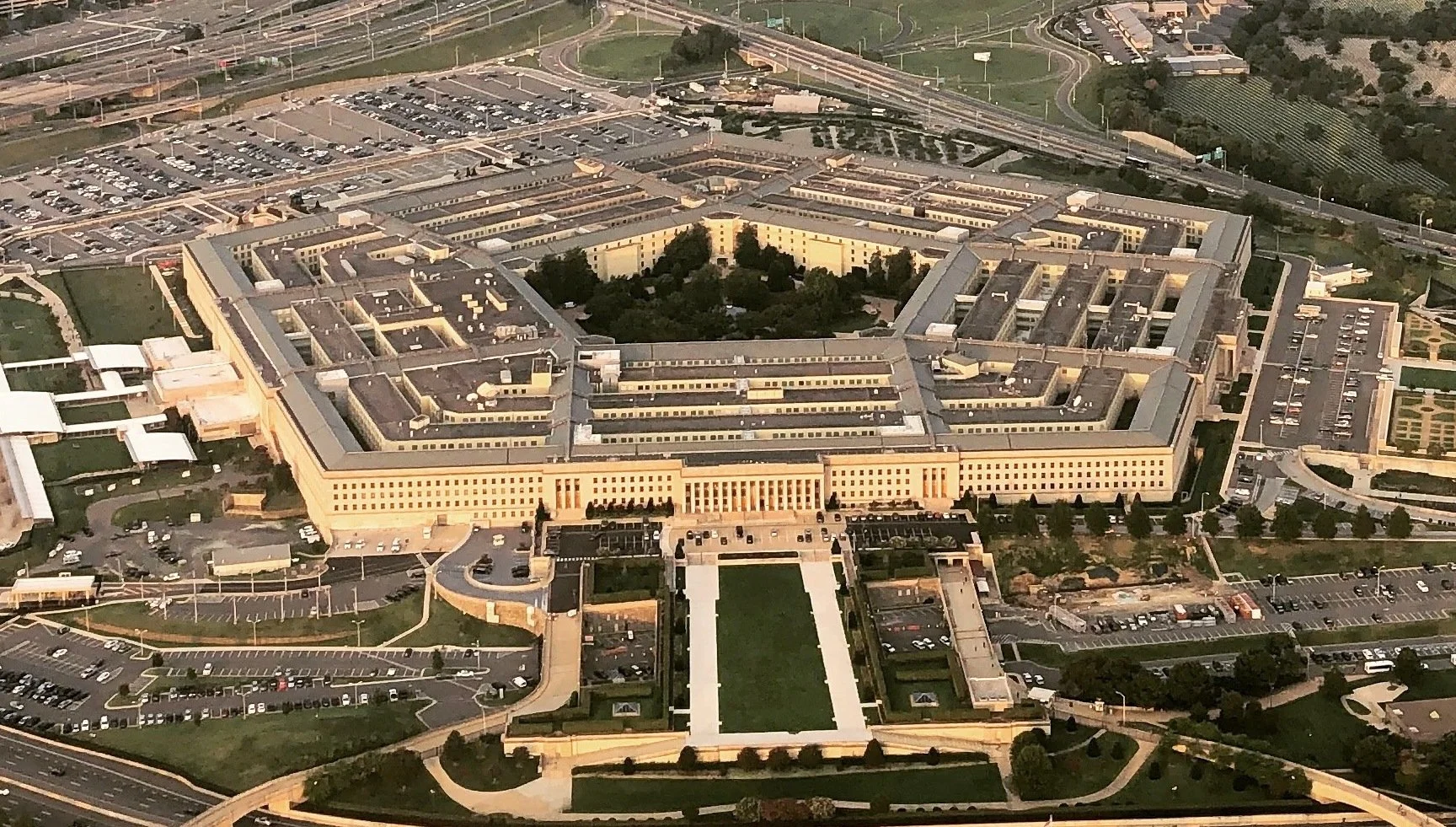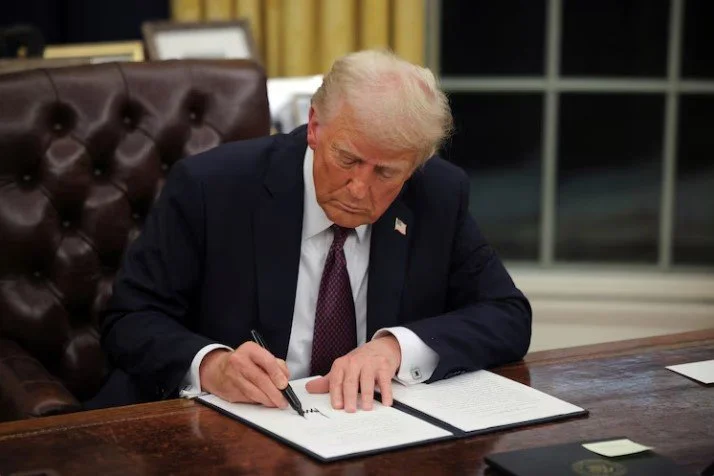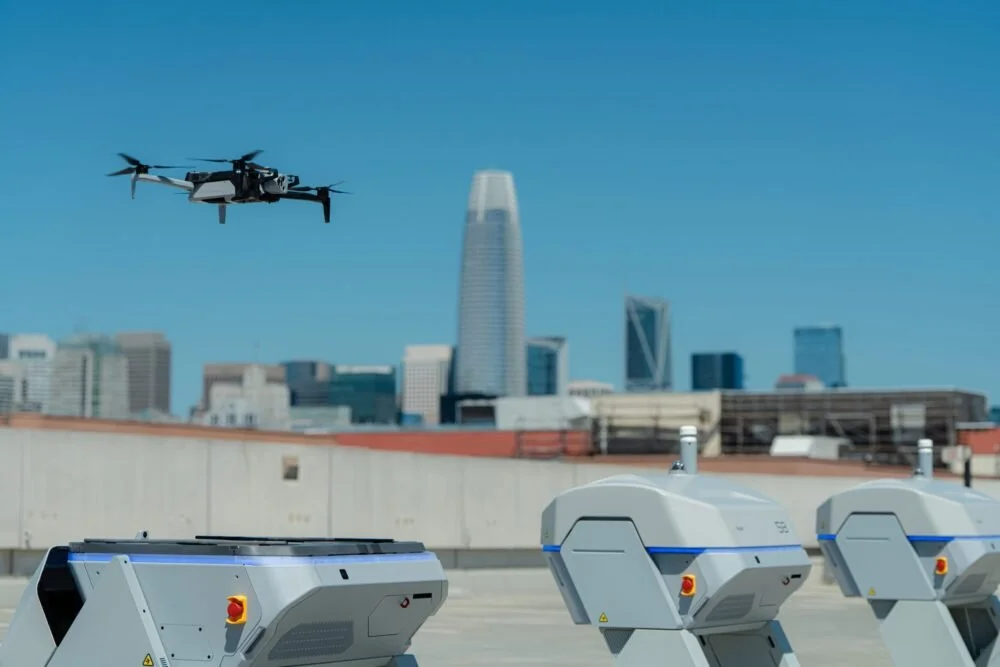
DJI Loses Pentagon Lawsuit: Time to Prepare for a Future Without DJI Drones in the U.S.
DJI’s courtroom loss to the Pentagon keeps the company on the DoD blacklist and accelerates a broader U.S. pivot away from Chinese-made drones. For security teams and enterprise operators, that means shrinking inventories, heightened compliance exposure, and a real possibility that new DJI platforms won’t be importable or deployable as early as 2026. This brief explains what the ruling actually changes, the likely timelines tied to FCC/NDAA actions, and how to build a no-drama transition plan—evaluating vetted alternatives (e.g., Skydio, Parrot, Teal), budgeting for conversion, retraining teams, updating policies, and tightening data-security hygiene—so missions continue without operational downtime.

Rooftop Snipers and Political Assassinations: A Clear and Present Danger
A year marked by two rooftop attacks—the near-fatal attempt on former President Donald Trump in Butler, Pennsylvania, and the killing of Charlie Kirk at Utah Valley University—calls for a sober reassessment of how we secure open events. This measured article recounts what happened, why elevated shooters and reconnaissance drones exploit blind spots, and where current authorities fall short. It outlines quiet, proportional steps—locking down rooflines, pre-event 3D site surveys, persistent yet unobtrusive aerial overwatch, lawful counter-UAS, and tighter federal-local coordination. The aim is not to build fortresses, but to buy time and visibility for protectors while preserving the openness of democratic life.

DJI’s US Audit: Possible Ban and a Path Forward
DJI – the world’s top drone maker – is facing a U.S. government security audit that could end with its drones effectively banned from the American market. We explore what this audit involves (and which agencies are weighing in), what an FCC “Covered List” ban means for drone buyers and public agencies, and how it might reshape the drone industry. Despite DJI’s global dominance and stellar tech reputation, Washington worries about Chinese espionage via these drones. The post also argues for a middle path: rather than banning DJI outright, encourage the company to meet U.S. security standards through local manufacturing, strict data controls, and oversight. We include perspectives from government officials, drone industry groups, and DJI itself, in a conversational deep dive aimed at drone professionals bracing for big changes.

American-Made Drones Take Flight: What the New Executive Order Means for Security Teams
A new Presidential executive order is making American-made drones the gold standard for security and public safety operations. This conversational deep-dive explains the order in plain terms – why it aims to swap foreign drones (like China’s) for U.S.-built ones – and what it means for security teams. From data security worries about overseas tech to the push for homegrown innovation and jobs, learn how the drone landscape is shifting. We also spotlight rising American drone makers (Skydio, BRINC, Teal, Inspired Flight) ready to meet the demand, and compare how global players are handling the same security tradeoffs.

Advances in Security Drone Technology: From First Responders to Future Aerial Allies
From stadiums to campuses, drones are becoming the aerial ally security teams rely on. This piece breaks down how first-responder launches, tethered overwatch, and AI-assisted patrols are improving response times and situational awareness—while keeping trained pilots firmly in the loop. We close with a practical look at what’s next, from BVLOS operations to persistent “always-on” coverage at major events.
